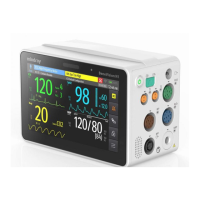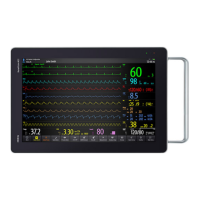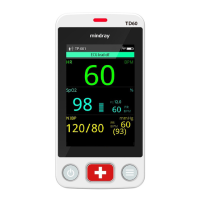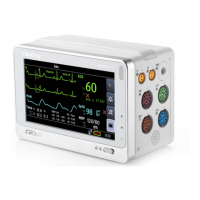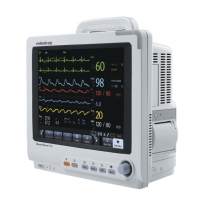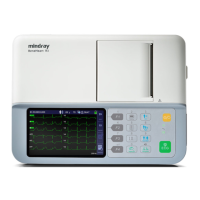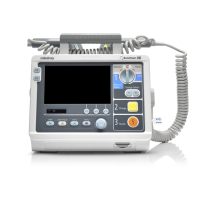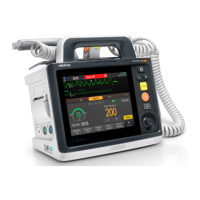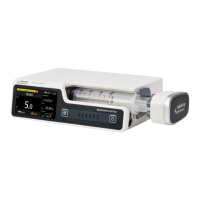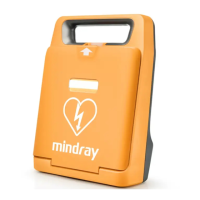BeneVision N Series Patient Monitor Operator’s Manual 22 - 1
22 Monitoring Continuous Cardiac Output (from PiCCO
Module)
22.1 CCO Introduction
The PiCCO method combines transpulmonary thermodilution and pulse contour analysis on the blood pressure
waveform. A cold bolus (e.g. normal saline 0.9%) with a known volume and temperature is injected into the right
atrium through a central venous catheter. The cold bolus mixes with the blood in the heart and the change in
blood temperature is measured with a thermistor at the distal end of the arterial thermodilution catheter placed
in one of the bigger systemic arteries, for example, the femoral artery. The monitor uses the transpulmonary
thermodilution method to measure C.O., Global End Diastolic Volume (GEDV) and Extra Vascular Lung Water
(EVLW). With the C.O. value measured with the transpulmonary thermodilution method and the result of the
pulse contour analysis, a patient-specific calibration factor is calculated. The monitor uses this value to compute
CCO and the other continuous hemodynamic parameters.
PiCCO monitoring is intended for adult and pediatric patients.
22.2 CCO Safety Information
• PiCCO monitoring is not intended for neonatal patients.
• Use only pressure transducers specified in this manual. Never reuse disposable pressure
transducers.
• Make sure that the applied parts never contact other conductive parts.
• To reduce the hazard of burns during high-frequency surgical procedure, ensure that the monitor’s
cables and transducers never come into contact with the high-frequency surgical units.
• When using accessories, their operating temperature should be taken into consideration. For
details, see instructions for use of accessories.
(1) CCO menu hard key (2) Zero IBP hard key
(3) IBP cable connector (4) PiCCO cable connector
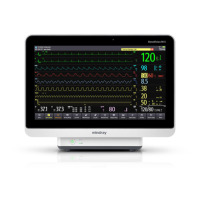
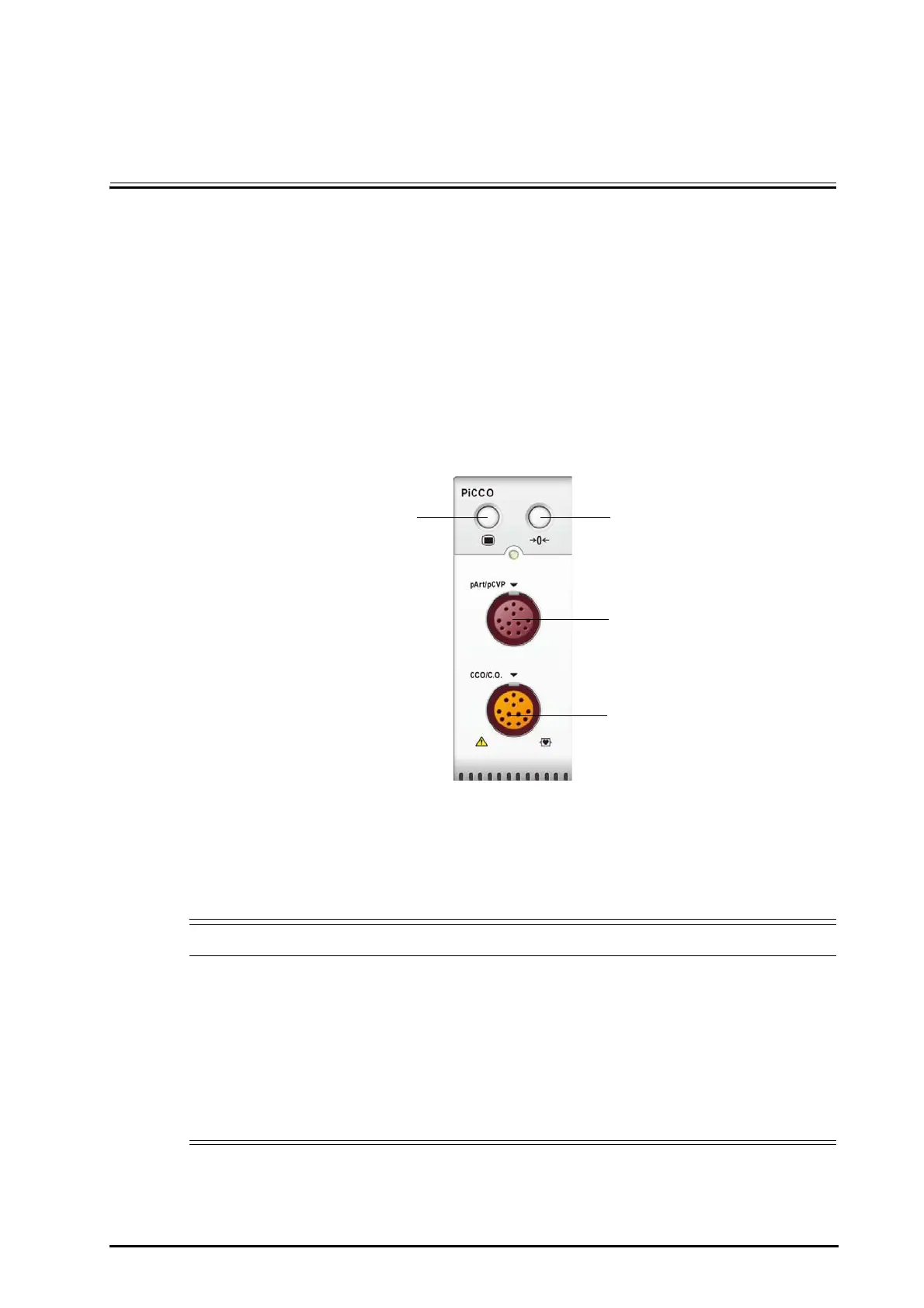